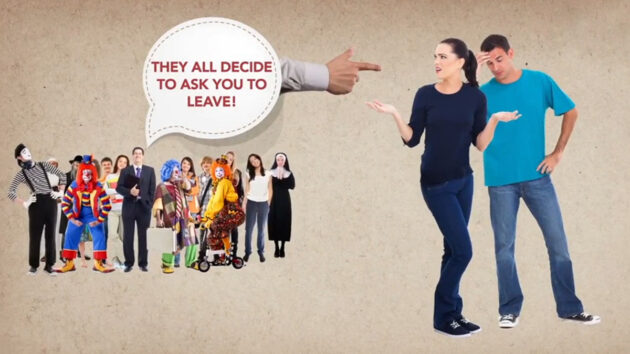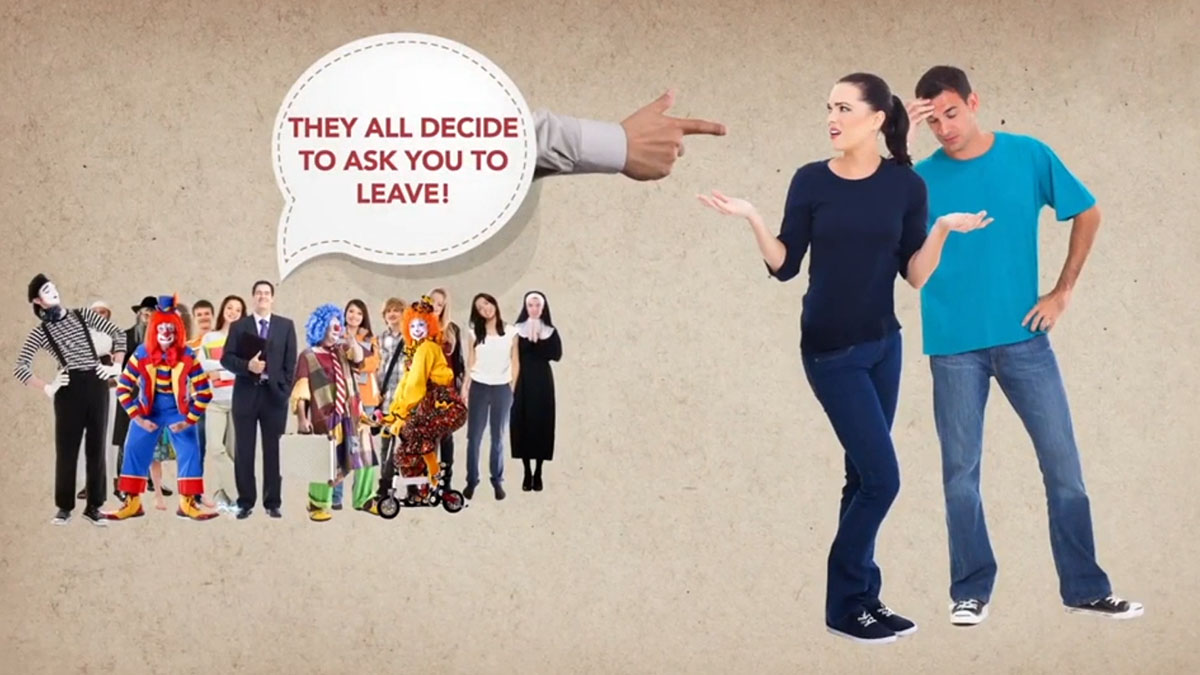The Australian Labor Party is tearing itself apart over climate policy. Again.
This is hardly the first time that pandering to left-wing climate alarmism has brought a Labor leader crashing down. Kevin Rudd and Julia Gillard both sank their prime ministerships on the rocks of climate pandering. Now Anthony Albanese’s leadership is under threat from an internal revolt led by shadow-minister-turned-backbencher Joel Fitzgibbon.
But climate policy is, once again, merely the proxy issue that is bringing to a head a much wider schism within Labor and the left in general: the party’s abandonment of its working-class base in order to chase the votes of the wealthy, inner-city green-left elite. In many ways, in fact, this is a schism that has been building in the left for generations: despite mouthing platitudes about “the workers”, the left is run by and for the elite.
In the US, this schism was broken wide open by Hillary Clinton, when she smeared working-class Trump supporters as “Deplorables”. In Britain, it was Brexit that smashed for good the supposed left/working-class nexus.
In Australia, a raft of policy issues – immigration, open borders, “rainbow” progressivism – have gradually wedged the left and the working class further and further apart, but climate policy is the straw that keeps breaking the camels’ backs.
The Greens barely even bother concealing their disdain for white, working-class Australians any more. Perhaps understandably: such ordinary Australians don’t vote for them. The Greens’ voters are among the richest in Australia, overwhelmingly concentrated in the wealthy inner-city electorates in Melbourne, Sydney and Brisbane. Consequently, the Green party is the most disproportionately wealthy, collecting more donations per MP than any other.
But the Greens are in many ways the ideological continuation of the “Doctors’ Wives” party, the Australian Democrats. Labor, on the other hand, was founded and continues to tout itself as “the party of the worker”.
While that may have been more-or-less true for much of the party’s history, and while trade unions remain the party’s biggest power bloc, the alignment of the ALP and the values and aspirations of working Australians has been ruptured, perhaps irreparably, in the past two decades.
The rupture has been a long time growing: decades at the least, since the ascension of Gough Whitlam in 1972. Whitlam, the party’s great martyr and icon, was a silvertail from Melbourne’s Old Money suburb, Kew, and later, Sydney’s exclusive North Shore. Where once the ALP had been led by former coal miners, labourers, coppers and train drivers, Whitlam set what has become the template for a modern Labor politician: grammar school education followed by an Arts/Law degree.
Labor papered over the growing power of the patricians in its ranks during the glory days of the Hawke-Keating government. But Bob Hawke, “the Silver Bodgie”, was, for all his larrikin facade, yet another Arts graduate with an exclusively white-collar career. Paul Keating began as the genuine article, the son of a boiler-maker from working-class Bankstown who dropped out of high school to work as a pay clerk. But in office, with his penchant for Italian suits, opera and collection of French Empire clocks, he became perhaps the most ostentatiously patrician Australian politician since Stanley Bruce.
But the most telling sign that Labor had abandoned its working-class base for good came and went almost unnoticed in 2015.

Ahead of the party’s national conference that year, a union branch launched a YouTube ad blatantly criticising the ALP’s drift to the fringe left. The ad depicted a young couple who build a house based on shared “ideas and values”. But then a lawyer moves in, quickly followed by students, environmentalists, gay activists and religious groups. Finally, a group of clowns calling themselves “political staffers” barge in. The diversity group end up shoving the working couple out – while still demanding that they pay the bills.
The ad was an excoriating critique of the Labor party – “Your political party is your house…It’s time to reclaim the house we built” – and the grifting clowns who had taken it over, at the expense of the working-class family who’d built and paid for it.
Naturally, the backlash from the party power-brokers, not to mention the leftist Twitter-mob who clearly knew that the clown-show meant them, was swift and furious. The ad was taken down faster than a picture of Winnie-the-Pooh on Weibo.
But no matter how hard it suppressed dissent, political reality caught up with Labor in the most brutal fashion within a few years.
No issue captured the 2018 election better than the Adani coal mine. After straddling the barbed-wire fence for as long as he could, Labor leader Bill Shorten was forced to make a choice. Fatefully, he chose to set both feet in the Greens’ paddock. As a consequence, Labor was decimated, especially in the mining dependent states. In Queensland, the party’s birthplace, it was all but wiped out, recording historic losses.
But if Shorten resigned as leader, the party learned nothing from its drubbing. Anthony Albanese wavered, then, like Shorten, chose to side with the inner-city ‘progressive’ clownshow ahead of the working-class heartland in Australia’s suburbs and countryside. Once again, climate is the defining issue: crucially, Albanese’s decision to back a policy of zero emissions by 2050.
Ordinary Australians know what this means: their jobs will be wiped out and services will be cut, while their tax burden soars. The only senior Labor politician who appears to see it is Fitzgibbon.
Fitzgibbon, who nearly lost his own rural seat in 2018, is challenging the “cheesecloth brigade” in the ALP – and, not-so-subtly, Albanese’s leadership – over climate change. The bigger picture is that Fitzgibbon is telling Labor to return to its former base outside the inner-city. The unspoken challenge is: what does Labor really stand for? Jobs now, or pie-in-the-sky climate targets decades in the future?
The small picture is yet another opposition leadership wrangle. The bigger picture is a battle for the soul of Australia’s once-grand old party.
Just which side is Labor on?

